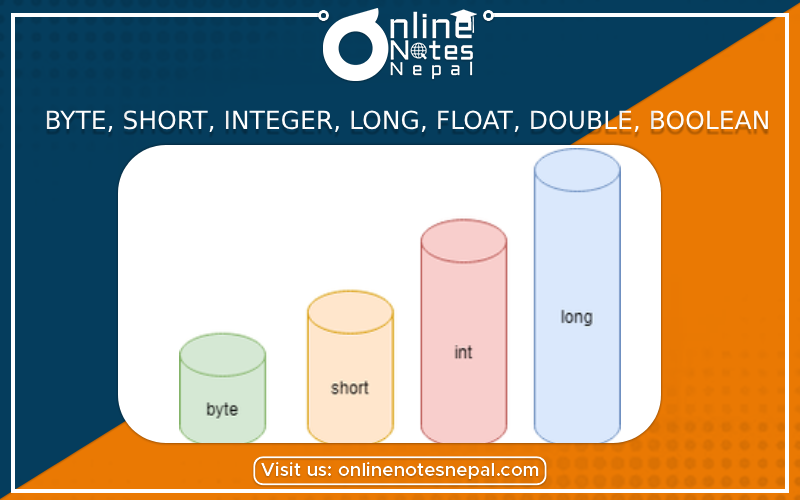Published by: Dikshya
Published date: 14 Jul 2023

The Byte, Short, Integer, Long, Float, Double, and Boolean classes are wrapper classes in Java that provide object representations of the corresponding primitive data types. These classes are part of the Java API and offer additional methods and functionality compared to their primitive counterparts.
Here's a brief overview of each class:
Byte:
The Byte class represents a byte value. It provides methods for converting byte values to other data types and performing operations such as arithmetic, comparison, and bitwise operations.
Short:
The Short class represents a short value. It offers methods for converting short values to other data types and performing arithmetic and comparison operations.
Integer:
The Integer class represents an int value. It provides methods for converting integers to other data types, performing arithmetic and comparison operations, and working with binary, octal, and hexadecimal representations.
Long:
The Long class represents a long value. It offers methods for converting long values to other data types, performing arithmetic and comparison operations, and working with binary, octal, and hexadecimal representations.
Float:
The Float class represents a float value. It provides methods for converting floats to other data types, performing arithmetic and comparison operations, and working with special floating-point values like NaN (Not-a-Number) and infinity.
Double:
The Double class represents a double value. It offers methods for converting doubles to other data types, performing arithmetic and comparison operations, and working with special floating-point values.
Boolean:
The Boolean class represents a boolean value, which can be either true or false. It provides methods for converting boolean values to other data types and performing logical operations such as AND, OR, and NOT.
These wrapper classes are useful when you need to treat primitive values as objects. They can be used in scenarios where object-oriented features are required, such as collections, generics, and method overloading. Additionally, these classes provide utility methods for parsing strings into their respective types and vice versa, enabling convenient conve
rsion operations.